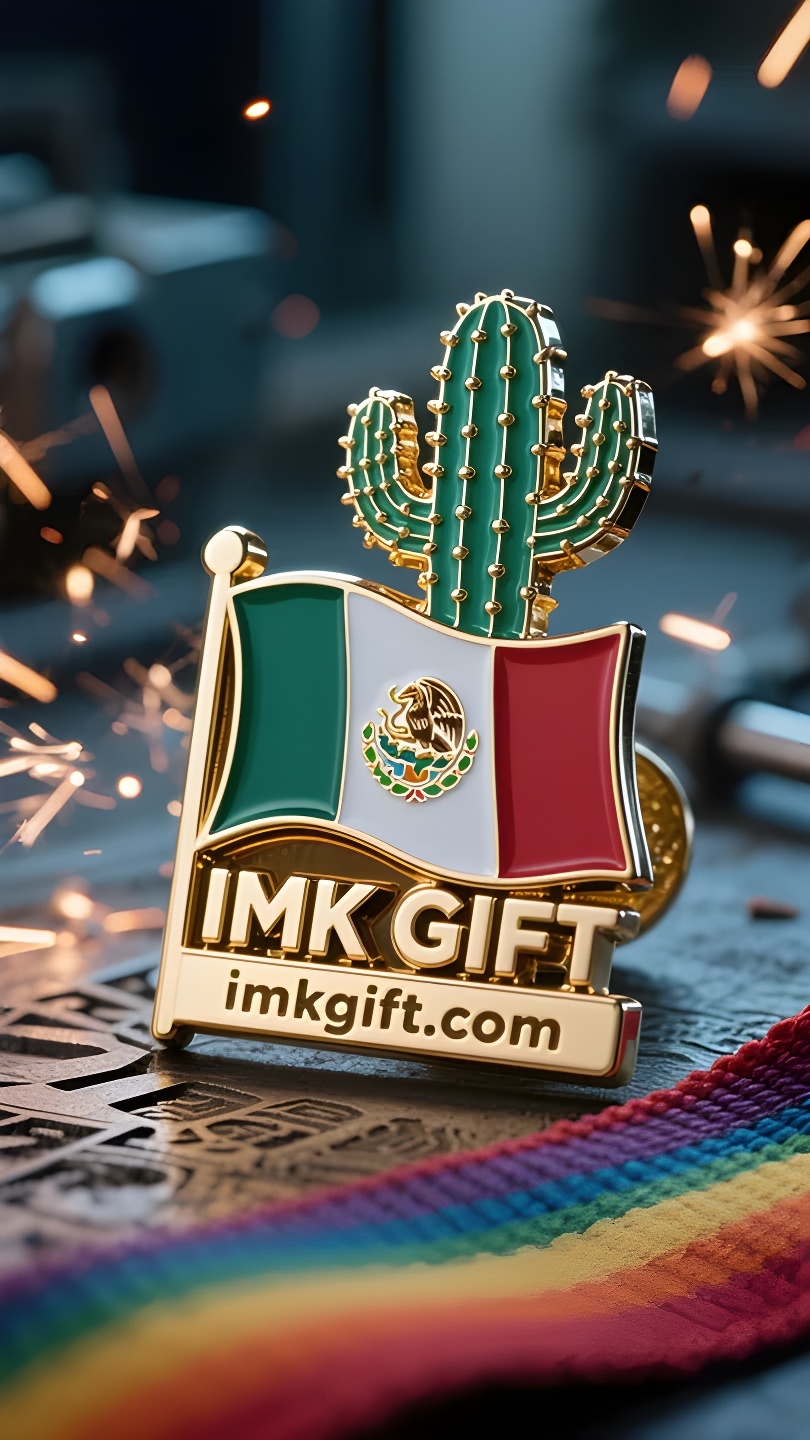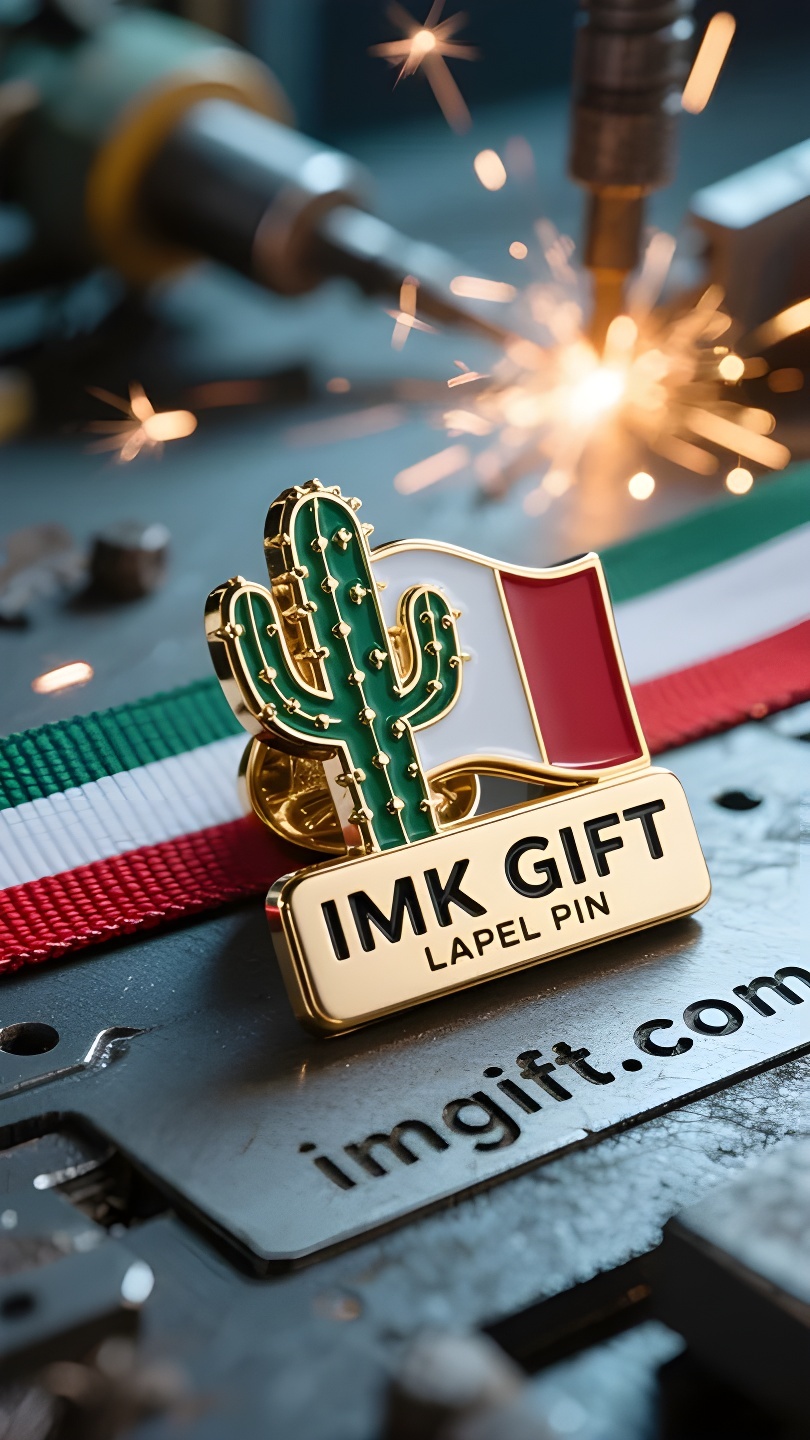in991-La-columna-vertebral-del-cactus-inspiración-de-vida-en-el-tótem-espiritual-mexicano
▼
En el emblema nacional, en el centro de la bandera mexicana, un águila se yergue orgullosa sobre un cactus, con sus afiladas garras agarrando firmemente la garganta de una serpiente venenosa. Este tótem, que tiene su origen en la leyenda azteca, no sólo lleva la antigua profecía de la búsqueda de la tierra prometida por parte de los antepasados, sino que también encarna el código espiritual transmitido de generación en generación por la nación mexicana. Las raíces del cactus están profundamente incrustadas en las grietas de las rocas secas, utilizando el tejido de almacenamiento de agua para acumular vitalidad en el desierto. Esta planta construye una fortaleza de vida en tierras áridas con un ritmo de crecimiento de sólo 5 mm por año. Así como los mexicanos han demostrado su tenacidad frente al dominio colonial y los desastres naturales, incluso si su piel está cubierta de cicatrices, aún pueden brotar nuevos brotes en la próxima temporada de lluvias. Esas púas aparentemente feroces son en realidad una armadura para resistir las dificultades y proteger la dignidad de la vitalidad central. El eterno juego entre la serpiente y el águila es una metáfora de la lucha entre los ideales y la realidad. Según la leyenda, los aztecas siguieron una visión de una lucha entre un águila y una serpiente, y después de cientos de años de migración, finalmente establecieron una civilización en Tenochtitlan. Este tótem recuerda a la gente contemporánea que la verdadera victoria no reside en eliminar los desafíos, sino en aprovechar las oportunidades con la precisión de un águila y acumular fuerza continuamente como un cactus. Cuando la adversidad simbolizada por la serpiente venenosa ataca, es el momento de mostrar la resiliencia de la vida. El lago que rodea el tótem esconde una sabiduría más profunda: aunque las espinas del cactus son afiladas, siempre crecen hacia el cielo; El agua del lago nutre las raíces sin sumergir el tronco. Esto es como la sabiduría de los mexicanos al proteger sus raíces culturales durante el proceso de modernización: abrazar al mundo con una actitud abierta mientras protegen su patria espiritual con la perseverancia de un cactus. Cada alma que se aferra a su fe frente a la adversidad es un símbolo de la eterna vitalidad de esta tierra.
On the national emblem in the center of the Mexican flag, an eagle stands proudly on the top of a cactus, with its claws tightly grasping the throat of a poisonous snake. This totem, which originated from the Aztec legend, not only carries the ancient prophecy of the ancestors’ search for the promised land, but also embodies the spiritual code passed down from generation to generation by the Mexican nation. The roots of the cactus are deeply embedded in the cracks of the dry rocks, using water storage tissues to accumulate vitality in the desert. This plant builds a fortress of life on barren land with a growth rate of only 5 mm per year. Just as the Mexicans have shown their tenacity in colonial rule and natural disasters, even if the epidermis is covered with scars, new buds can still sprout in the rainy season next year. Those seemingly ferocious thorns are actually armor to resist difficulties, and they are also the dignity of protecting the core vitality. The eternal game between the snake and the eagle is a metaphor for the wrestling between ideals and reality. According to legend, the Aztecs followed the vision of the eagle and the snake fighting, and after hundreds of years of migration, they finally established civilization in Tenochtitlan. This totem reminds contemporary people that true victory does not lie in eliminating challenges, but in seizing opportunities accurately like an eagle, and continuously accumulating strength like a cactus. When the predicament symbolized by the venomous snake strikes, it is the moment to show the resilience of life. The lake surrounding the totem hides a deeper wisdom: although the cactus’s thorns are sharp, they always grow towards the sky; the lake nourishes the roots without submerging the trunk. This is just like the wisdom of Mexicans in protecting their cultural roots in the process of modernization – embracing the world with an open attitude, and guarding their spiritual homeland with the determination of a cactus. Every soul that sticks to its beliefs in difficult situations is a badge of the endless life of this land.
在墨西哥国旗中央的国徽上,一头雄鹰傲立于仙人掌之巅,利爪紧扼毒蛇咽喉。这个源自阿兹特克传说的图腾,不仅承载着先民寻找应许之地的古老预言,更凝聚着墨西哥民族代代相传的精神密码。
仙人掌的根系深深扎入干裂的岩缝,用储水组织在荒漠中积蓄生机。这种植物以每年仅5毫米的生长速度,在贫瘠土地上筑起生命的堡垒。正如墨西哥人在殖民统治与自然灾害中展现的顽强,即便表皮布满伤痕,依然能在来年雨季萌发新芽。那些看似狰狞的尖刺,实则是抵御困境的铠甲,更是守护核心生命力的尊严。
蛇与鹰的永恒博弈,暗喻着理想与现实的角力。传说中阿兹特克人追随鹰蛇相斗的异象,历经百年迁徙终在特诺奇蒂特兰建立文明。这个图腾提醒着当代人:真正的胜利不在于消灭挑战,而在于如老鹰般精准把握机遇,如仙人掌般持续积蓄力量。当毒蛇象征的困境袭来时,恰是展现生命韧性的时刻。
图腾下方环抱的湖水,暗藏更深层的智慧:仙人掌的尖刺虽利,却始终向着天空生长;湖水滋养根系却不淹没主干。这恰似墨西哥人在现代化进程中守护文化根基的智慧——既以开放姿态拥抱世界,又以仙人掌的定力守住精神原乡。每个在困境中坚守信念的灵魂,都是这片土地生生不息的徽章。
▼
Contact Us
📞 Tel: +0086-760-85286839
📧 Email: sales3@imkgift.com








